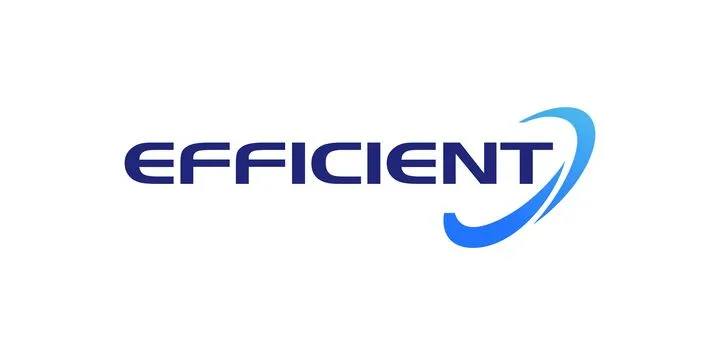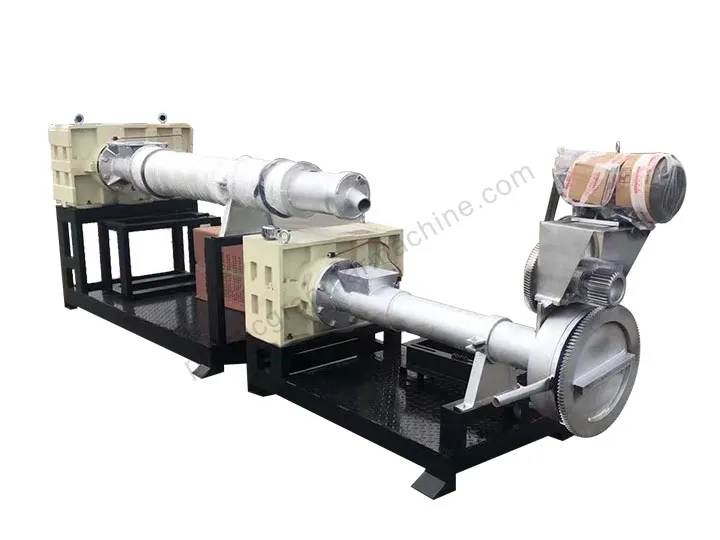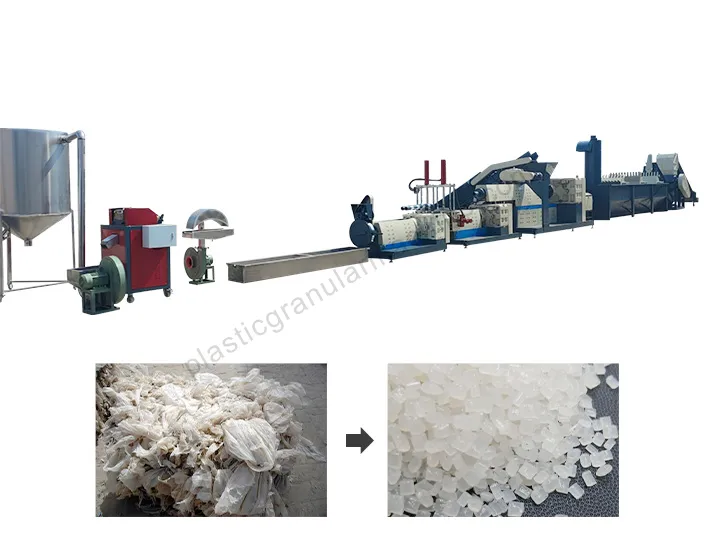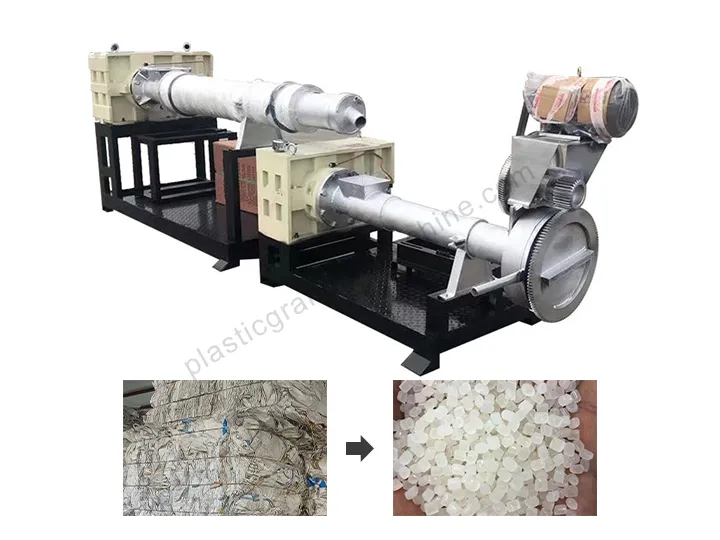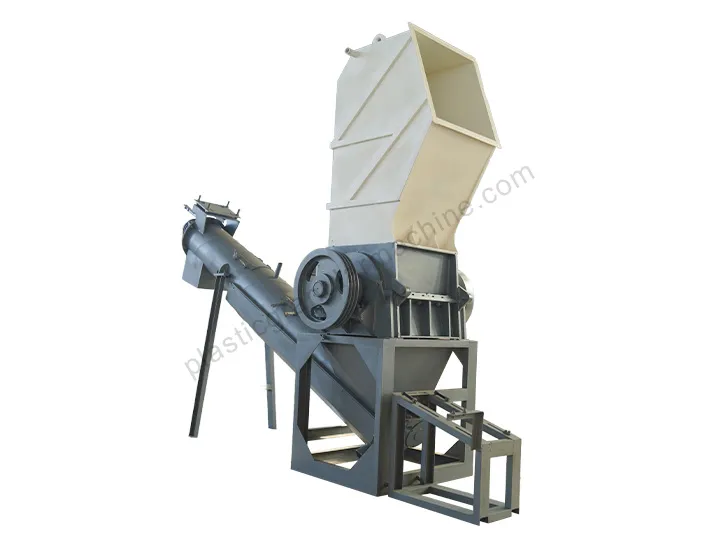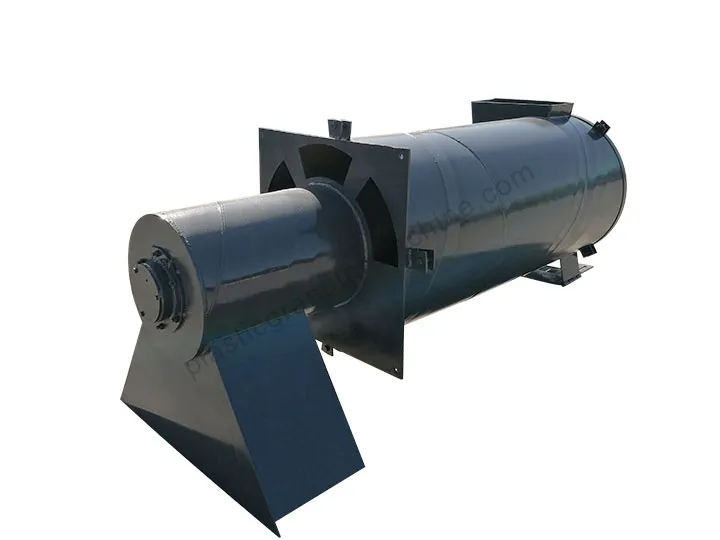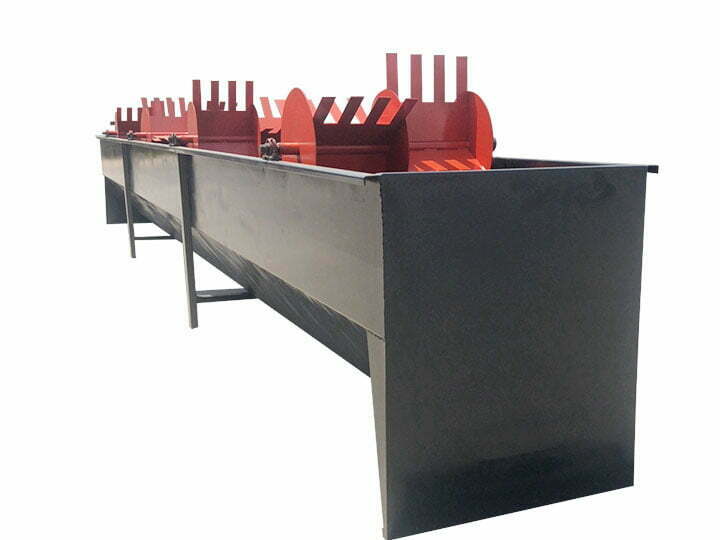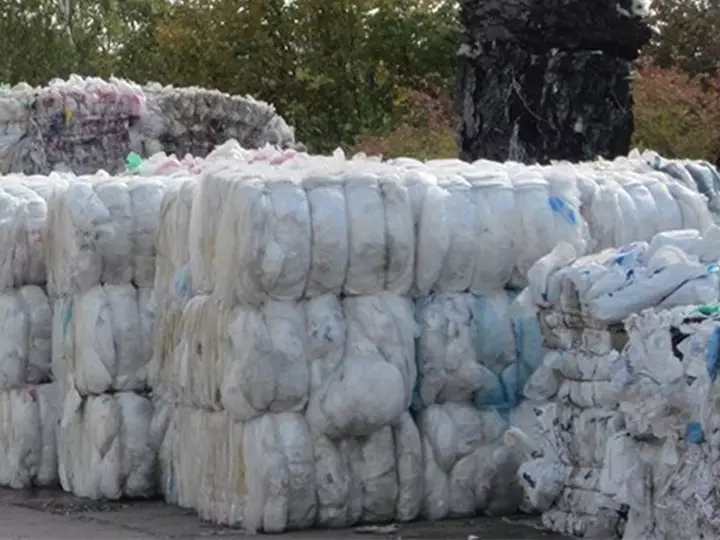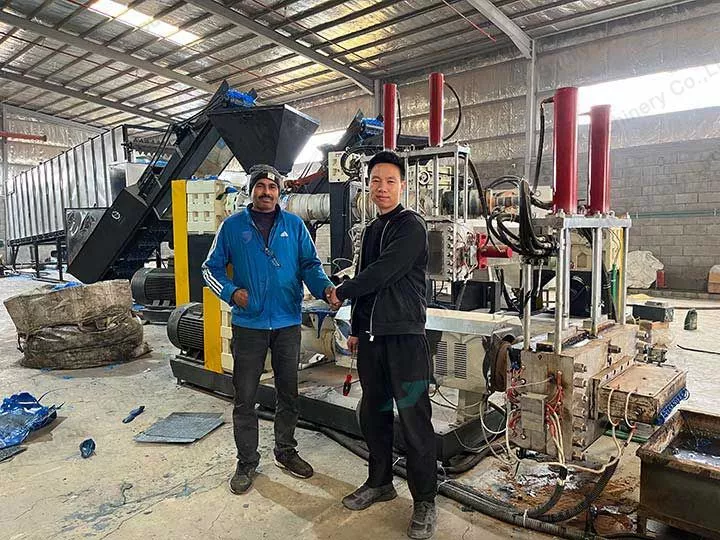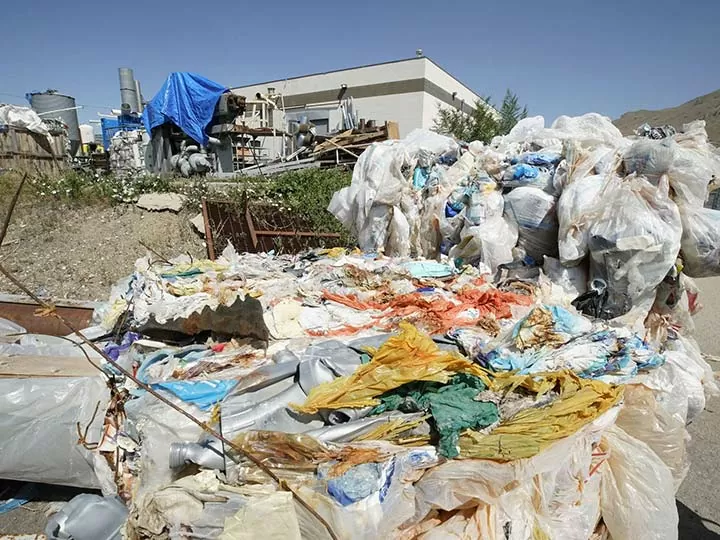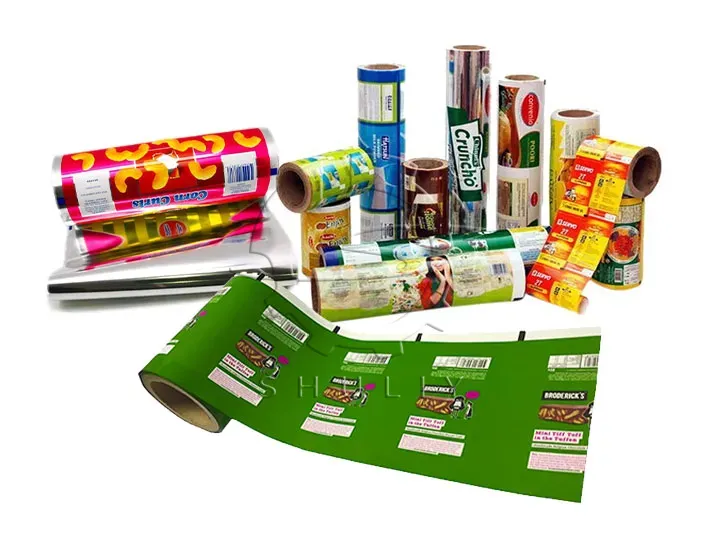Reciclagem e utilização de filme plástico em 2022
O filme plástico é a forma mais comum de produto plástico. Embora existam muitos tipos de filmes plásticos, sua vida útil geralmente é curta. É também um dos principais tipos de reciclagem. A seguir, apresentaremos os tipos e aplicações dos filmes plásticos de acordo com seus usos e formas.
Filme agrícola
O filme agrícola inclui principalmente filme mulch e filme de efeito estufa. O filme de solo é principalmente filme PE, e o molde inclui filme PE, /EVA e PVC. Ao reciclar, devemos distinguir os filmes de PE e de PVC. Porque os filmes agrícolas geralmente são sujos e muitas vezes contêm solo, areia, raízes, pregos, fios de ferro, etc. Primeiro, devemos remover as impurezas do filme. O principal método de reciclagem é a granulação. Para obter partículas plásticas de alta qualidade, precisamos usar Linha de reciclagem de filme PE. As partículas plásticas podem ser reproduzidas em produtos plásticos, como potes, barris, etc.

Aplicação de Pellets de plástico
Pelotas recicladas de PE feitas por Granulador de filme PE também pode ser usado para produzir o filme agrícola. Também podemos usá-lo para fazer sacos para embalagem de fertilizantes, sacos de lixo, tubulações de água agrícola renovável, cercas, suportes para árvores, bacias, baldes, latas de lixo, materiais geotécnicos, etc.
Além disso, os pellets de PVC são matéria-prima para a fabricação de sacos de embalagem, canos de água agrícolas, solas de sapatos, etc.
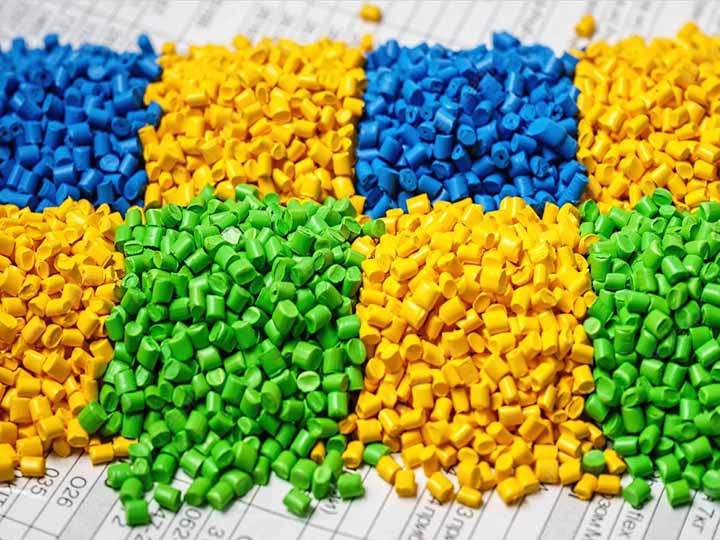
Filme de embalagem
Os materiais do filme de embalagem incluem PE, PVC, PP, EVA, PVDC, PA, pet e vários filmes compostos. Após a classificação e limpeza, o filme de embalagem de camada única pode ser transformado diretamente em produtos plásticos, como filme agrícola, ou transformado em vários produtos após a granulação. A reciclagem de filmes compostos e filmes feitos de plástico, papel, folha de alumínio e outros materiais é mais complicada. Filmes compostos de plástico multicamadas incluem pe/pp, PE/EVA/PE e pp/PVC.
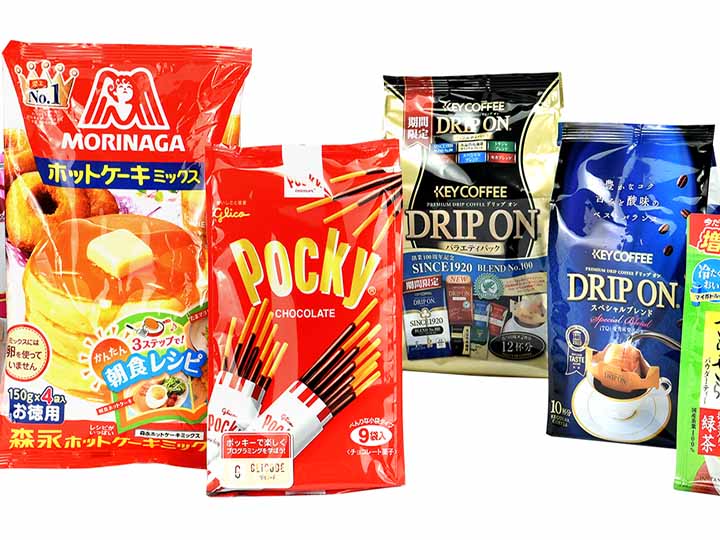
Antes de reciclar, devemos primeiro separar os diferentes materiais. Atualmente, muitos fabricantes usam o método de separação de solventes para fazer isso. O equipamento de separação é um barril oco cromado com aquecimento elétrico. Um cilindro oco com lâminas é instalado no cano. O cilindro de carga e o cilindro oco giram na direção oposta. A mistura de papel-plástico é descarregada da parte inferior do barril depois que o plástico aquecido é derretido no barril. Finalmente, o ar no cilindro oco retira os gases de escape.
Filme PET
Na indústria do plástico, o PET é o principal material para a fabricação de filmes e garrafas plásticas. Depois de triturado e limpo por um triturador de plástico, o filme pode ser utilizado para embalagem, decoração, isolamento de capacitores, etc. O animal de estimação é amplamente utilizado em fibras. As sobras das fábricas de produção de filmes e fibras PET podem ser usadas para fazer poliéster/revestimentos em pó epóxi. Geralmente, essas sobras têm um peso molecular relativo de cerca de 20.000 e um ponto de fusão superior a 260 graus. Eles formam um único animal de estimação linear. Os resíduos industriais de PET também podem ser usados para fazer adesivos hot melt para colagem de materiais flexíveis, como tecido, couro, papel, plástico, alumínio e outros materiais.
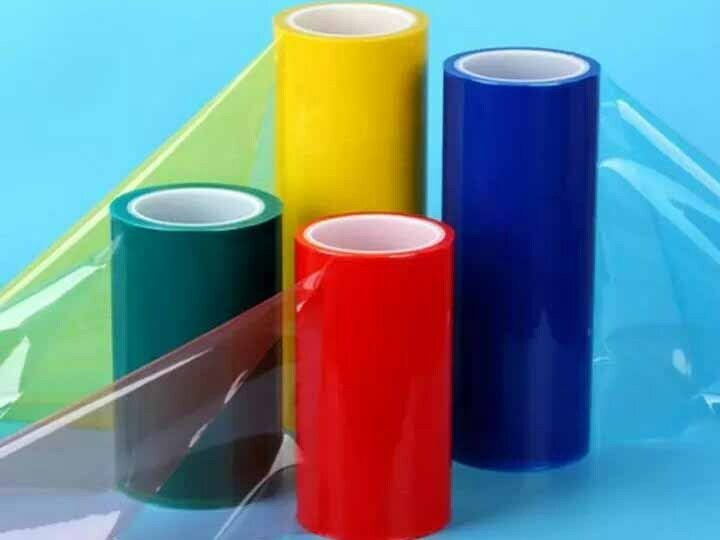
O acima é a reciclagem e utilização de filme plástico. Se você quiser saber mais sobre equipamentos para reciclagem de plástico, não hesite em nos contatar.
